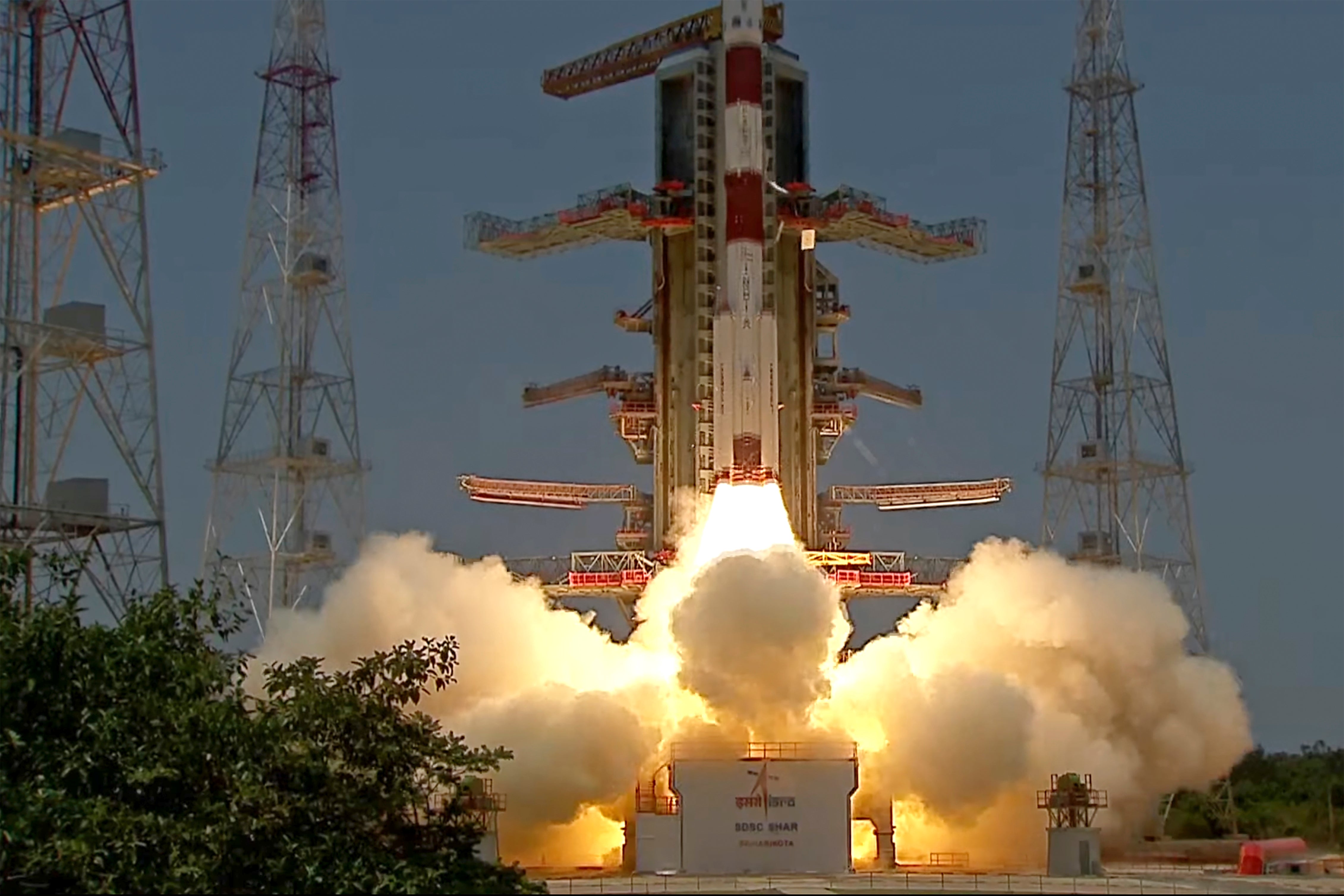India launches spacecraft to study the sun after successful landing near the moon's south pole
India has launched its first space mission to study the sun, less than two weeks after a successful uncrewed landing near the south pole region of the moon

Your support helps us to tell the story
From reproductive rights to climate change to Big Tech, The Independent is on the ground when the story is developing. Whether it's investigating the financials of Elon Musk's pro-Trump PAC or producing our latest documentary, 'The A Word', which shines a light on the American women fighting for reproductive rights, we know how important it is to parse out the facts from the messaging.
At such a critical moment in US history, we need reporters on the ground. Your donation allows us to keep sending journalists to speak to both sides of the story.
The Independent is trusted by Americans across the entire political spectrum. And unlike many other quality news outlets, we choose not to lock Americans out of our reporting and analysis with paywalls. We believe quality journalism should be available to everyone, paid for by those who can afford it.
Your support makes all the difference.India launched its first space mission to study the sun on Saturday, less than two weeks after a successful uncrewed landing near the south polar region of the moon.
The Aditya-L1 spacecraft took off on board a satellite launch vehicle from the Sriharikota space center in southern India on a quest to study the sun from a point about 1.5 million kilometers (930,000 miles) from earth.
The spacecraft is equipped with seven payloads to study the sun’s corona, chromosphere, photosphere and solar wind, the Indian Space Research Organization said.
India became the first country to land a spacecraft near the moon’s south pole on Aug. 23 — a historic voyage to uncharted territory that scientists believe could hold vital reserves of frozen water. After a failed attempt to land on the moon in 2019, India joined the United States, the Soviet Union and China as only the fourth country to achieve this milestone.